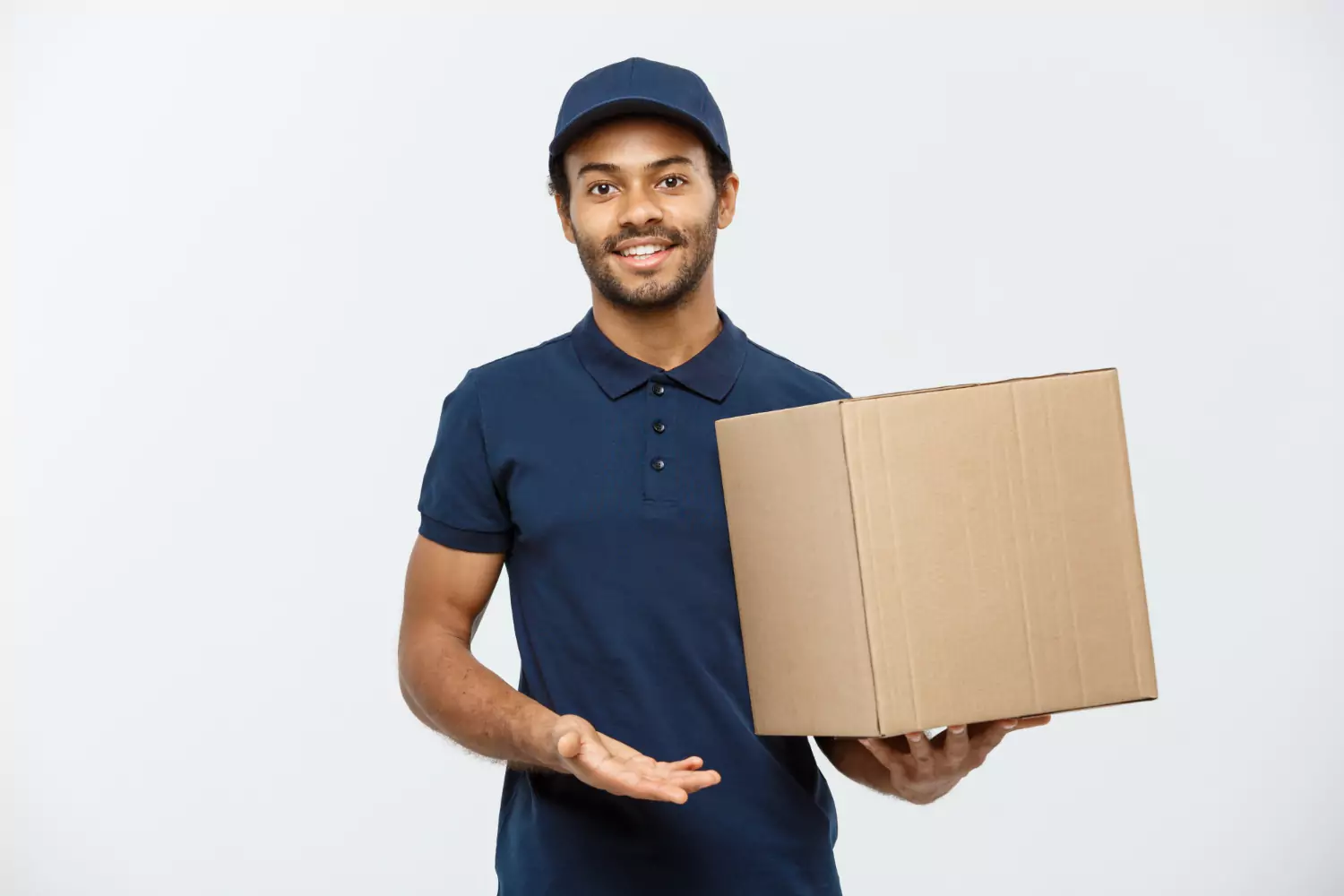Packaging has always been a topic of debate in the corporate sector. Packaging originated in the 18th century and had a completely different meaning. Luxury goods make the most of packaging. Still, it was created so that it could be used repeatedly.
Later on, after the Industrial Revolution, trends in packaging began changing. A shift to more convenient yet cheap packaging was seen. However, this change caused great environmental destruction. Nowadays, environmental crises are getting attention. The trend of packaging is gradually shifting to a better and more environmentally friendly side. It has been found that customers are willing to pay 60-70% more for the cause of sustainable packaging.
Importance of Packaging in Today's World
Packaging of products in today’s world is a very important aspect. The reason why packaging is so important is that it gives the first impression to the customer. Sustainable packaging holds excellent value for several reasons, including the safe delivery of the product.
Recently, environmental concerns have been rising rapidly. Approximately 91% of the packaging waste is dumped into the environment. Therefore, sustainable packaging has become the need of the time. The importance of packaging in today’s world can be understood under the following headings.
Minimise Waste
The world today is suffering from pollution and severe climate change. Most of these changes are a result of inefficient use of resources. The recent crisis has caused companies to pay huge attention to sustainable packaging. Because of this, more and more environmentally friendly packaging is being considered.
This step will help to reduce filth and waste from the environment. Along with that, concepts such as recycling and reusing will be practised.
Energy Efficiency
Non-biodegradable materials, such as plastics, require a great deal of energy to make. If easy-going recycled materials are used for packaging, energy requirements and costs will be significantly reduced.
A great example of energy efficiency is the Empire State Building’s retrofit project. Starting in 2009, the building underwent significant upgrades to improve its energy use. Key changes included upgraded Windows, better Insulation, efficient Lighting and installed energy-saving lights and controls.
Building Brand Identity
Using eco-friendly packaging designs not only reduces environmental concerns but also helps build a great reputation among customers. It helps to build a relationship of trust and concern. Studies have shown that almost 50% of people are willing to buy more products with sustainable packaging.
Apple is a great example. The minimalist and sleek design of Apple’s packaging reflects the brand’s commitment to simplicity and elegance. The unboxing experience is as satisfying as using the product itself, which creates a strong, positive association with the brand.
6 Top Sustainable Packaging Trends 2024
The 6 most sustainable packaging trends in 2024 are talked about below:
Seaweed Based Packaging
One of the most innovative ways to overcome environmental issues is using seaweed-based packaging. The trend of seaweed-based packaging is increasing rapidly, so much so that its market value is expected to rise to USD 613.42 million by 2029. It proves to be a sustainable packaging trend because of the following facts:
- Seaweed is an edible product and it can easily be dissolved naturally. Hence, environmental waste is reduced.
- It is easily found in marine environments; hence, energy efficiency is high.
- Its cultivation proves to be beneficial for the environment as it absorbs CO2.
Mono-Material Packaging
Mono-material packaging refers to the type of packaging which purely involves a single kind of material. Whether plastic, fibres, metal, or paper, using a single material makes it easier to reuse and recycle.
A good example of monomaterial packaging in use is Nestlé’s Smarties. 2020 saw Nestlé switch Smarties to paper-based packaging. This process dramatically reduces the product’s environmental impact by making the packaging fully recyclable and easily processed within conventional recycling systems.
On-Demand Packaging
This method depends upon the production of custom packaging. This type of packaging is based on the demands that guarantee that resources are only used when necessary. Along with being suitable for the habitat, this strategy is an amazing way for e-commerce fulfilment as it shows a growth rate of 7.44%.
Water Soluble Packaging
Water soluble packaging is the type of packaging that dissolves when it comes in contact with water. It is useful because:
- The packaging waste is significantly reduced.
- Non-toxic materials like PVA and starch residues are used.
- It is suitable for products for one-time use only.
Upcycled Waste Materials
These days, companies focus mostly on using industrial remnants and converting them into useful products. This is called the principle of upcycling. Making sustainable packaging from upcycled materials is a trend that should be used more often.
Plant-Based Plastics
Products derived from plants, including cellulose, starch and sugarcane, plant-based plastics, unlike petroleum-derived polymers, which are non-biodegradable and produce 1.8 billion annual carbon emissions, are beneficial to the environment. Plant-based polymers are effective because:
- It has less carbon emission.
- It is biodegradable.
- It performs almost exactly like plastics.
Types of Packaging
Packaging can be divided into the following categories:
Primary Packaging
It refers to the packaging which is in direct contact with the product. It separates, protects, and tells the name, sometimes ingredients, and expiry date as well. Primary packaging is important because it keeps the product safe and fresh until you use it. It shows useful information like ingredients and how to use the product. It also helps the product look attractive.
Examples of primary packaging are:
- Wrappers of chocolates.
- Cans of cold drinks.
- Bottles of milk.
Secondary Packaging
Secondary packaging refers to the packaging done over the primary packaging to gather individual products in bulk. It makes the transportation and handling of the product easier. Secondary packaging is essential because it provides an extra layer of protection for products during shipping and storage. It simplifies handling and organisation, making products more accessible to manage. Through labelling and branding, it communicates product information and enhances brand visibility.
Examples of secondary packaging include:
- Cartons of chocolates.
- Bottles wrapped in a plastic film.
- Boxes of cans.
Tertiary Packaging
Tertiary packaging is the final packaging of the product. It ensures that the products are safely stored and kept in the warehouse. The secondarily packaged products are further stacked together to be called tertiary. It is crucial because it protects stuff during long journeys and makes it easier to move them around. It saves money using space well and helps keep track of everything with labels and codes.
An example of tertiary packaging is:
- Pallets of boxes containing bottles.
Conclusion
Packaging plays a vital role in a brand’s economic condition. Other than commercial benefits, looking for environmental benefits is also important. With continuous effort and minor changes in trends like packaging can help us make our world a better place. Prolog has a sustainable packaging process that ensures that harm can be prevented to the environment.
FAQs
What are the sustainable packaging goals for 2025?
The 2025 packaging goal is to make plastic products that can be recycled or reused.
What are the 5 R’s of sustainable packaging?
The 5 R’s of sustainable packaging are:
- Reuse
- Reduce
- Recycle
- Renew
- Redesign
What packaging is most sustainable? What is its purpose?
The packaging that is the most sustainable is:
- Recyclable HDPE or PET plastics
- Cardboard
- Paper
- PLA (starch-based) and cellulose,
The purpose of this packaging is to reprocess or biodegrade the materials so that it is eco-friendly and doesn’t harm the environment. This packaging also has the ultimate goal of replacing traditional plastics.
How does packaging protect a product?
Packaging protects the product from being damaged while it is in transit.







